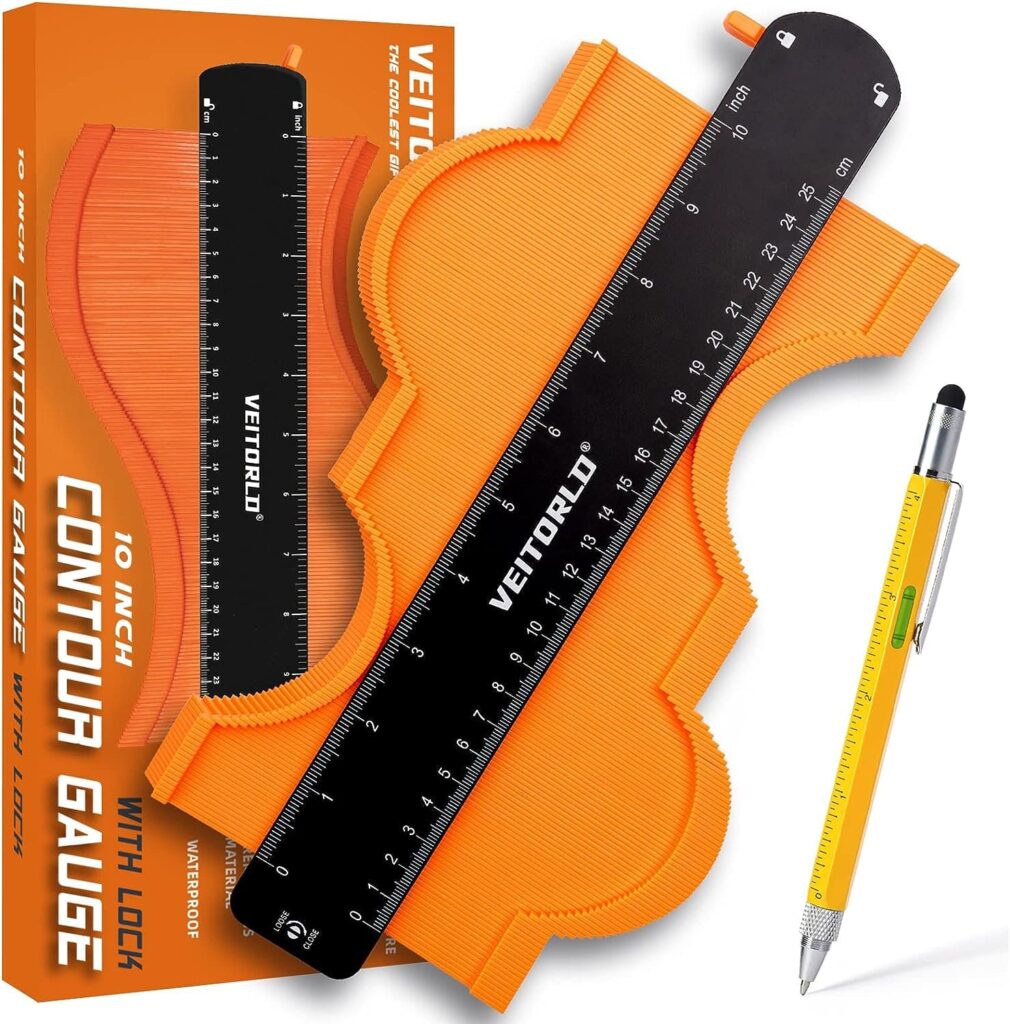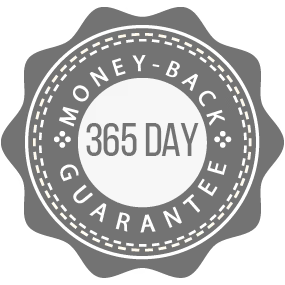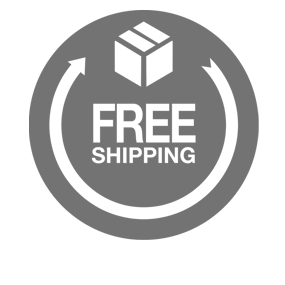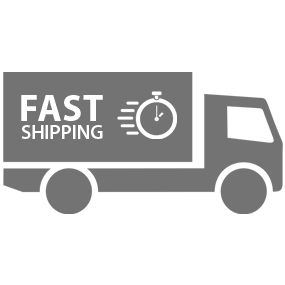In the world of construction and interior design, precision is key. When it comes to measuring uneven corners, the right tools can make all the difference. In this article, we delve deep into the various tools that are specifically designed to measure uneven corners, offering accuracy and efficiency in your projects.
Key Takeaways
- Understanding the importance of measuring uneven corners
- Overview of tools used for measuring uneven corners
- Tips for using these tools effectively
Now, let’s explore the significance of measuring uneven corners and the tools that are instrumental in achieving accuracy.
Importance of Measuring Uneven Corners
In Construction
In the construction industry, measuring uneven corners is a common yet critical task. It ensures that the structures being built are stable and sound. Accurate measurements can prevent potential issues such as structural instability and uneven surfaces, which can lead to more significant problems in the long run.

In Interior Design
Similarly, in the field of interior design, precise measurements of uneven corners are vital. It helps in creating designs that are both aesthetically pleasing and functional. Whether it’s fitting custom cabinetry or installing tiles, accurate measurements ensure that the end result is seamless and professional.

Tools Used to Measure Uneven Corners
When it comes to measuring uneven corners, several tools can be employed to get accurate results. Let’s take a closer look at some of these tools.
Contour Gauge
A contour gauge is a tool that is designed to help replicate and transfer shapes and contours, making it an invaluable tool for measuring uneven corners. It consists of a set of plastic or metal pins that are held together in a frame. The pins can move to adapt to the shape of the surface being measured, allowing for a precise replication of the shape.
Protractors
Protractors are another essential tool in measuring uneven corners, especially when it comes to determining the angles of the corners. They come in various forms, including digital protractors, which offer a high level of accuracy and ease of use.
Laser Distance Measurers
Laser distance measurers are modern tools that provide a quick and accurate way to measure distances, including those in uneven corners. These tools project a laser onto the surface being measured, and the distance is calculated based on the time it takes for the laser to bounce back.
How to Use These Tools Effectively
Using these tools effectively requires a bit of knowledge and practice. Here, we provide a step-by-step guide to help you use these tools to their fullest potential.
Step-by-Step Guide
- Understanding the Tool: Before you start, understand the specific tool you are using, its features, and how it functions.
- Preparation: Ensure that the area you intend to measure is clean and free from obstructions.
- Measurement: Use the tool to take the measurement, ensuring that it is placed correctly to get an accurate reading.
- Recording the Measurements: Once the measurement is taken, record it accurately to avoid any errors later on.
Tips and Tricks for Accurate Measurement
To ensure that you get the most accurate measurements, here are some tips and tricks that might come in handy:
- Calibration: Regularly calibrate your tools to maintain their accuracy.
- Use the Right Tool: Depending on the complexity of the corner, choose the right tool that suits the job.
- Take Multiple Measurements: To get a more accurate result, take multiple measurements and use the average value.
Detailed Reviews of Tools
In this section, we will delve deeper into the specifics of the tools that are commonly used to measure uneven corners. Understanding the nuances of each tool can help you make an informed decision when choosing the right tool for your project.
Contour Gauge
A contour gauge, also known as a profile gauge, is a tool that is designed to help replicate and transfer shapes and contours. It is particularly useful when you need to cut a material to fit precisely around an irregular shape. Here, we provide a detailed review of this tool.
Features and Specifications
- Material: Usually made of plastic or metal pins held together in a frame.
- Usability: Easy to use, even for beginners.
- Accuracy: Offers a high level of accuracy for replicating shapes.

Pros and Cons
Pros
- Easy to use
- Highly accurate for replicating shapes
- Affordable
Cons
- Limited to replicating shapes and not suitable for measuring angles or distances.
Protractors
Protractors are essential tools when it comes to measuring the angles of uneven corners. They come in various forms, including digital protractors that offer a high level of accuracy and ease of use. Let’s take a closer look at this tool.
Features and Specifications
- Material: Usually made of plastic or metal.
- Usability: Requires a bit of knowledge to use accurately.
- Accuracy: Offers a high level of accuracy for measuring angles.

Pros and Cons
Pros
- Accurate for measuring angles
- Available in digital forms for higher accuracy
Cons
- Can be a bit complex to use, especially for beginners
Laser Distance Measurers
Laser distance measurers are modern tools that provide a quick and accurate way to measure distances, including those in uneven corners. These tools project a laser onto the surface being measured, and the distance is calculated based on the time it takes for the laser to bounce back. Here, we provide a detailed review of this tool.
Features and Specifications
- Material: Usually made of durable plastic with a laser unit.
- Usability: Easy to use with a digital display.
- Accuracy: Offers a high level of accuracy for measuring distances.

Pros and Cons
Pros
- Quick and accurate measurements
- Easy to use with digital displays
Cons
- Can be expensive compared to traditional measuring tools






